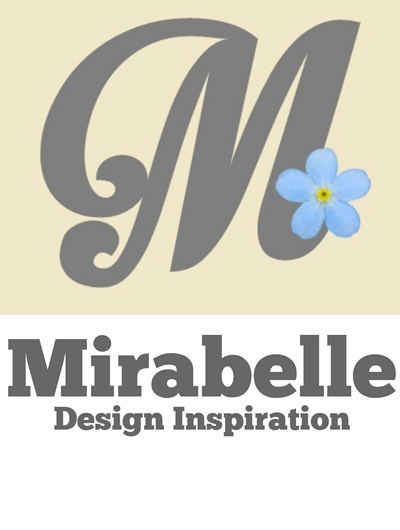Yet no matter how many mysteries from the natural world we have conquered and defeated, we remain fascinated by the raw, rough and somewhat brutish beauty of gemology that surrenders to our coveting gaze and yearning desire for possession. Objects like minerals transcend their material assignation to dominate our minds and hearts and delight our senses to the point of deadly sin.
Meanwhile each mineral seems to unveil a microcosm of its own, supranatural, extraterrestrial, with transposed and imagined rockfaces and crevices, deep canyons pitted against shard-like peaks, shallow lochs lapping lush forests of coalescence, dormant lagoons encrusted into opaque robes of solidified lava, imprints of reflected skies into pools of calcified ores, underground seas unfolded, nebulae suspended in basalt, landscapes of the mind set in stone... Sought-after, visually-pleasing, stratified decorative pieces of geology that fuel the imagination like no other!
 |
| Azurite with Malachite |
 |
| Calcite |
 |
| Volborthite |
 |
| Brochantite with Barite |
 |
| Enargite with Pyrite |
 |
| Calcite with Fluorite |
 |
| Malachite |
 |
| Actinolite |
Source: All photography via Andy Seibel, Fine Collector Mineral Specimens. The minerals pictured are available to purchase directly from Andy Seibel.
(1) Ref: S17234 - Azurite with Malachite, Touissit, Oujda-Angad Province, Oriental Region, Morocco. Overall Size: 6 x 5cm. For Sale: USD$950. 'This unusual and distinctive specimen is packed with outstanding coverage. The morphology of this azurite is obviously rare, flat and nearly exposing every face, and the malachite is rather attractive. Here we also have the addition of calcite.'
(2) Ref: S17057 - Calcite, Campomorto Quarry, Viterbo Province, Latium, Italy. Overall Size: 17 x 14.5 cm. For Sale: USD$1800. 'A naturally sculptured specimen of calcite hemispheres adorn vuggy basalt, and make this large plate very presentable for display, considering the matrix and crystals have appeal. This piece is in mint condition.'
(3) Ref: S17062 - Volborthite, Gold Chain Mine, Mammoth, Tintic District, Juab Co., Utah, USA. Overall Size: 11.5 x 8.5 cm. For Sale: USD$750. 'This is an outstanding specimen of the species volborthite, a yellow-green mineral containing copper and vanadium. This one is significant not only for size, but more importantly as an almost completely crystallized display face without damage.'
(4) Ref: S17082 - Brochantite with Barite, Blanchard Claim, Bingham, Socorro Co., New Mexico, USA. Overall Size: 5.6 x 3 cm. For Sale: USD$300. 'This specimen of brochantite is sporting acicular needle-like crystals in pristine condition without scuffed up areas. On top of that, this thing has crystals all over it!'
(5) Ref: S16940 - Enargite with Pyrite, Leonard Mine, Butte District, Silver Bow Co., Montana, USA. Overall Size: 3 x 2.5 cm. For Sale: USD$300. 'This very fine cluster of enargite and pyrite is an American classic. It is likely Earl Shaw obtained this specimen from Ed McDole since he use to supply them with Butte material. Si & Ann Frazier and Bill McBride also owned the piece.'
(6) Ref: S16657 - Calcite with Fluorite, Denton Mine, Harris Creek District, Hardin Co., Illinois, USA. Overall Size: 5.1 x 4.6 cm. For Sale: USD$1450. 'An absolute prize of freely and fully developed calcite sitting nicely on fluorite. The overall beauty is great and every face is in pristine and spotless condition. This specimen was illustrated in The Mineralogical Record’s Illinois issue, page 30. Ex. William Severance collection.'
(7) Ref: S16365 - Malachite, Ekaterinburg, Sverdlovskaya Oblast, Urals Region, Russia. Overall Size: 6 x 4.2 cm. For Sale: USD$250. 'An old-time botryoidal malachite specimen from the historic Ural Mountains in Russia. [...] This piece came from George Burnham of Burminco fame, with his label accompanying it.'
(8) Ref: S16396 - Actinolite, Minaret Mining District, Madera Co., California, USA. Overall Size: 5.7 x 4.8 cm. For Sale: USD$400. 'An outstanding and balanced cluster of 'uralite' crystals collected by Chris Lehmann in 2001 from the Minaret Mining District in California. This is technically actinolite pseudomorphing some type of amphibole mineral' [...].






